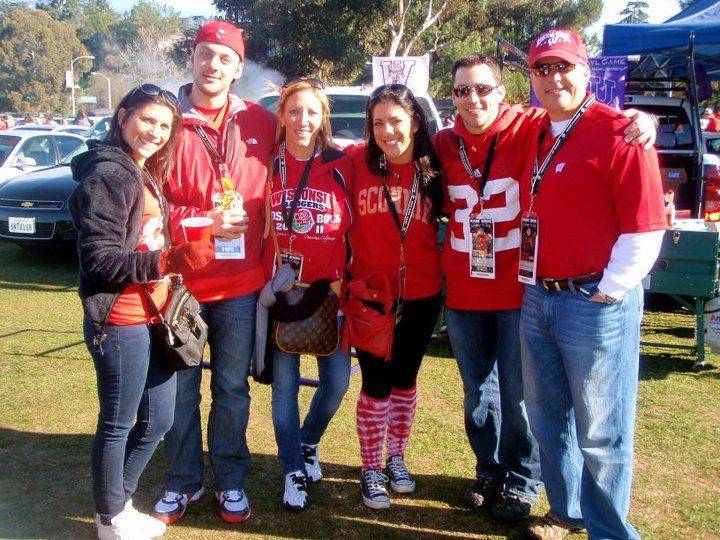This post originally appeared on Forbes.com.
Nathan Lustig and Jesse Davis are the cofounders of Entrustet, a company that helps you access, transfer and delete your digital assets when you die. The company was acquired by SecureSafe, a the market leader in secure online storage and digital inheritance. Entrustet is Lustig and Davis’ second company that has been acquired.
I caught up with them today to ask them a few questions about the deal and about their experiences starting a company.
Q. Where did the idea of Entrustet come from?
A. Jesse was reading The World is Flat by Thomas Friedman which explains the story of Justin Ellsworth, a US Marine who was killed in Iraq. His parents wanted more to remember him by, so they asked Yahoo for the contents of his email. Yahoo said no way, it’s against our terms of service.
A few months later, a Michigan judge ruled that Yahoo must turn over the contents of Justin’s account to his parents. We thought three things: 1) digital assets are real things that have economic and sentimental value, 2) you shouldn’t have to go to court to gain access to them, and 3) what if you have digital assets you don’t want anyone see?
We looked around and there weren’t any services to help solve the problem and decided to start. Our vision was to build a product that easily and painlessly let people decide what would become of their valuable online accounts and computer files after they pass away.
Q. You built the business in a place other than silicon valley and NYC? Please explain.
A. Entrustet has taken a long and winding path. We started the company in Madison, WI, which in our humble opinion is an up and coming startup hub in the Midwest. Our initial plan was to stay in Madison to save money during the bootstrap phase and build a great team, then move to NYC or Silicon Valley after we started to build some traction. Madison’s ridiculously cheap cost of living is one of its greatest attributes. Add that to a creative and helpful community of smart people and you’ve got a nice place to try to start something.
After a year, we had a product built, users and press, but not the massive scale traction we wanted. We saw an article in Forbes about a program called Startup Chile that was inviting startups to Chile and giving them $40,000 of free money. We wanted to extend our runway and we thought exchanging the brutal Wisconsin winter for Santiago summer.
After our 6 months in Chile, we came back tom Madison and continued to work until the acquisition.
Q. Did you raise money? How did you do that?
A. We raised a round of angel money from angels in the Midwest and East coast, plus a grant from Startup Chile. We built our prototype, launched it and then took it to potential future investors. Our biggest step towards fundraising was showing angels that we were serious. We had a prototype built, a full business plan, and showed tremendous support from the local business community.
Q. What is Startup Chile and how did it help?
A. Startup Chile is a program from the Chilean government to foster entrepreneurship in Chile. They give startups $40,000 of free money if you move to Chile for 6 months. It gave us a longer runway to help us perfect our business model and continue pivoting without having to give up equity. We met entrepreneurs from all over the world, including startups we ended up working with.
Q. How did you get clients?
A. Our main sources were via our blog and the press we generated, via attorneys recommending Entrustet to their clients. We also worked with websites to refer their users to Entrustet so that they could have a standardized policy for user deaths.
Q. How did the acquisition come about?
A. We’d been working in the market for three years and got to know the SecureSafe team very well. We strongly believe that the future successes in of digital estate planning are companies that help users equally while they are living and when they pass away.
SecureSafe passes both of these tests and we were very interested in figuring out how to work together. We also have most of our users in North and South America, while SecureSafe is concentrated in Europe. As our relationship developed, we realized that our visions were very well aligned and we decided it would be a classic win-win if we joined forces.
Q. What are your future plans?
A. Nathan is returning to Chile to work on a Chilean startup company called Welcu that was funded by 500 Startups and Tomorrow Ventures. Founded by Sebastian Gamboa and Nicolas Orellana, Nathan is helping them expand in Argentina, Colombia and Brazil. Jesse accepted a job with Buddy Media, a fast-growing late stage startup in its own right, based in NYC.
Connect with Dan Reich on Twitter – @danreich. (Disclosure: Dan is also a current employee at Buddy Media)













